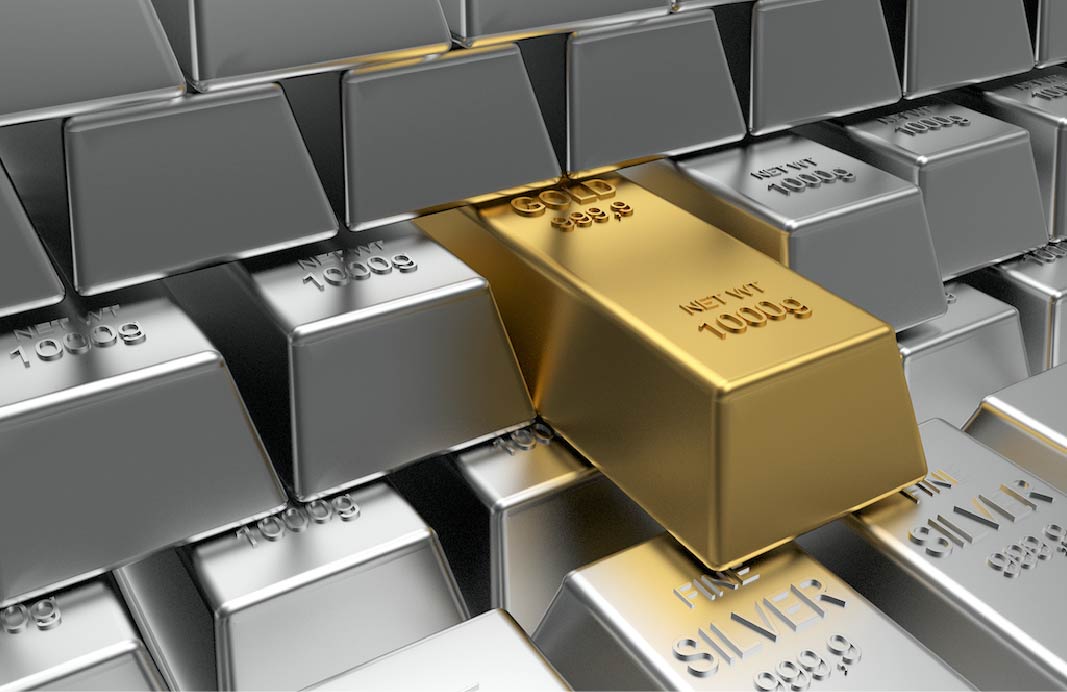
Of all the metals, silver has a unique status as a precious substance. But what properties and qualities make silver so highly valued and desirable? Examining silver's history provides insight into the various factors that contribute to its precious reputation.
Useful Qualities
-
Antibacterial - Silver has natural antibacterial properties. This makes it useful for medical applications like bandages and antimicrobial creams.
-
Conductive - Silver is the most electrically conductive metal. This makes it ideal for use in circuits, switches, solder, and electronics.
-
Photogenic - Silver nitrate and silver halides are sensitive to light. This allowed the development of film photography.
-
Reflective - Polished silver has the highest reflectance of any metal, giving it a beautiful luminous shine.
-
Malleable - Silver can be hammered and drawn into ornate shapes, making it perfect for jewelry, silverware and decorative objects.
These unique properties provide silver with practical applications that add to its precious appeal.
Scarcity
While silver is more abundant than gold, mineable deposits are relatively rare compared to base metals like iron and copper. Silver ore grades have decreased over time, making it more challenging to economically extract silver. This scarcity and difficulty of refining silver into pure bullion contributes to its higher value.
Monetary History
Silver has a long monetary history. It was used as currency centuries before gold.
-
700 BC - Lydians create the first silver coins, boosting trade.
-
14th Century - Florentine florins become a dominant medieval currency.
-
1792 - The US establishes the silver dollar coin.
-
19th Century - Silver standards back many currencies before the gold standard.
-
Early 20th Century - Silver dimes, quarters circulated in day-to-day commerce.
Silver’s historic role as money cemented its reputation as a precious metal.
Investment Appeal
Silver’s decline as circulating currency was offset by rising investment demand. Investors recognized silver’s potential as a store of value, similar to gold. This led mints like the Royal Canadian Mint to issue silver bars and coins targeted for investors.
Silver exchange-traded funds (ETFs) introduced in the 2000s made investing in silver easy. This further boosted silver’s precious metal credentials as an investment asset.
Cultural Cachet
Silver’s association with wealth, refinement and sophistication give it prestigious cultural cachet:
-
Wealthy elite adorned themselves and homes in silver jewelry, cutlery, and objets d’art.
-
Giving silver gifts and wedding anniversaries (25th = silver anniversary) convey special meaning.
-
In movies, silver screen connotes prestige, silver spoons suggest privilege.
-
Second place winners receive silver medals, a noble position.
This cultural mystique surrounding silver adds to its precious reputation.
Conclusion
Silver’s unique antibacterial, conductive, and photogenic properties provide practical utility. But its relative scarcity, monetary history, investment appeal, and cultural cachet combine to make silver a precious metal. For investors or those appreciating its beauty, rarity, and symbolism, silver remains a coveted precious substance today. Those looking to buy physical silver can find reputable silver coins and bars from trusted dealers like gold bullion Canada.
Featured Blogs
If you have broken gold jewelry hidden in a drawer, a broken chain, a dented ring, or an individual earring with no partner, you may be surprised to discover th...
Many Canadians select tangible assets like gold and silver to safeguard their financial wealth because of today's economic uncertainty. Canadians seeking to pur...
The world economic order is shifting, and quickly. One of the big stories in 2025 is the rising influence of the BRICS nations and their move toward a gold-back...
As we navigate 2025, the discussion on financial security has never been more pressing. Interest rates, inflation, and market volatility are in the news headlin...



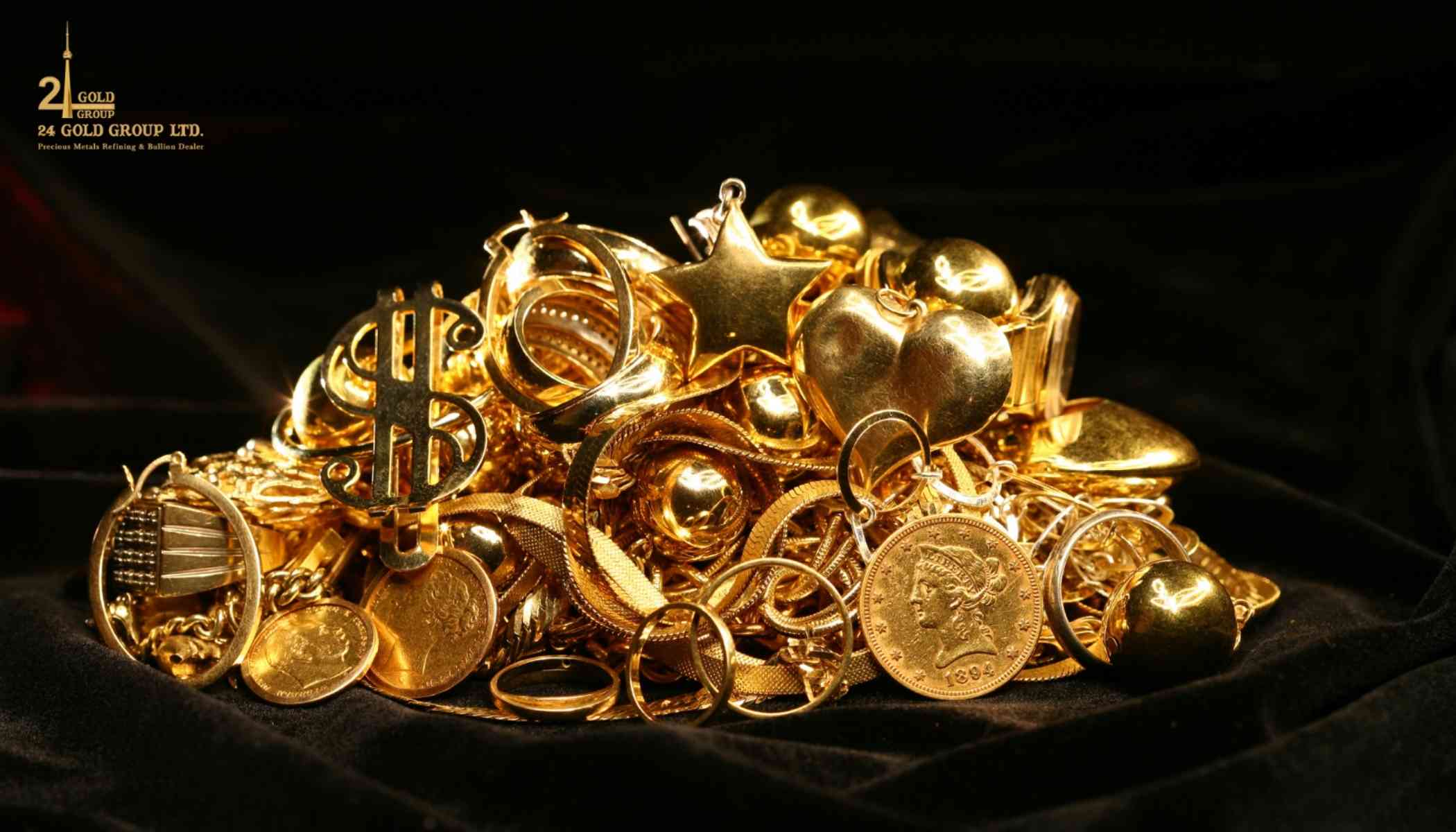
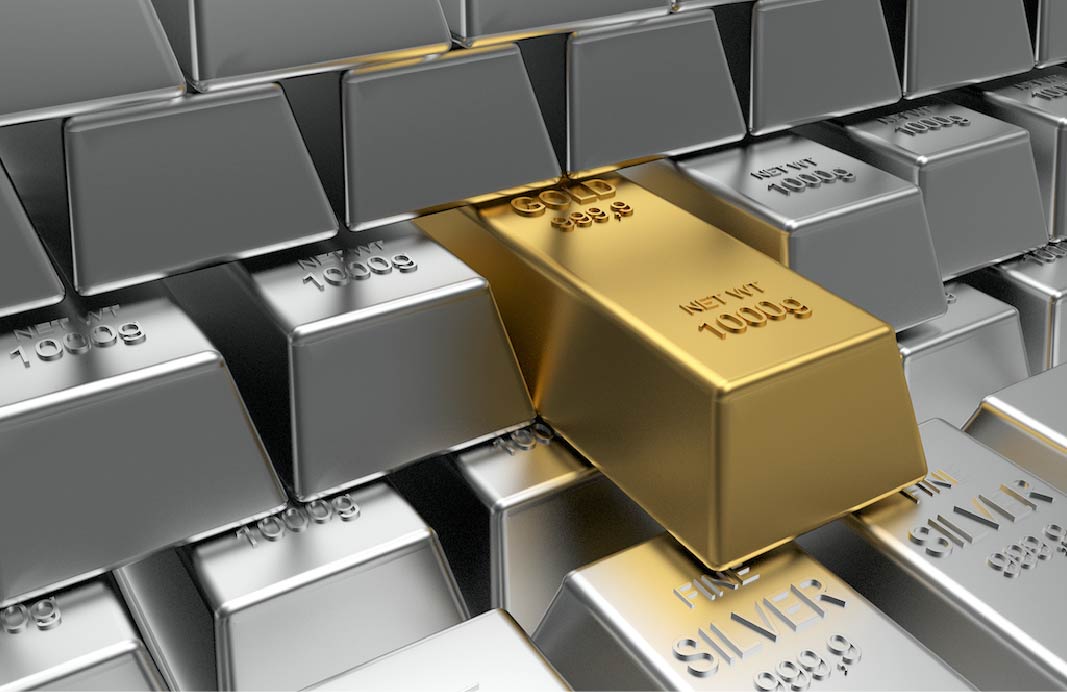
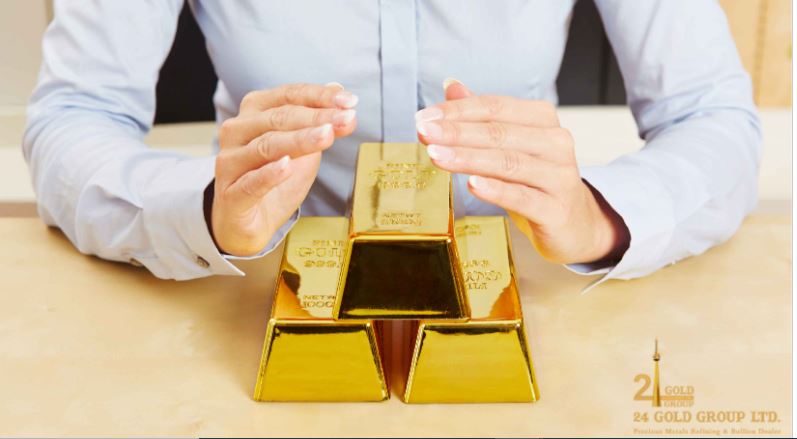
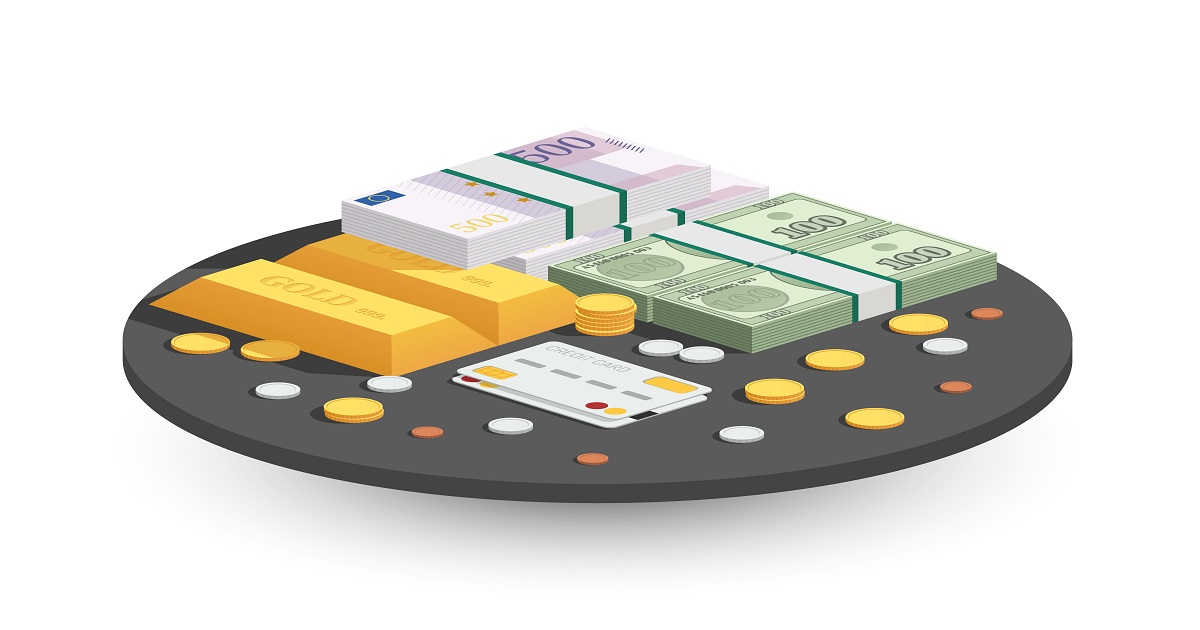
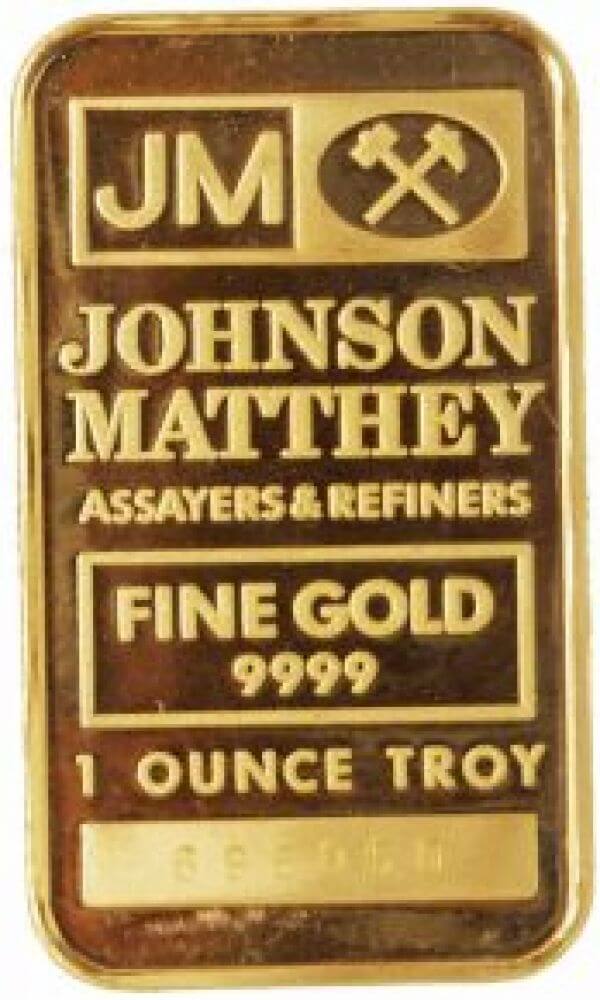
.jpg)
.jpg)
.jpg)
